How to Change Threadless Jewelry: Guide to Changing Threadless Studs, Earrings, and More
Tyler Martina

How to Change Threadless Jewelry: Guide to Changing Threadless Studs, Earrings, and More
So you got a piercing, whether it’s an ear piercing, nose piercing, lip piercing, or something else. You have followed the proper piercing aftercare instructions (here is a link to make sure), and you are ready to change up your jewelry.
But there is a problem… you don’t know how to use the awesome threadless jewelry you got. You don’t know how to get it out, let alone how to get it back in.
Don’t worry we will save the day, your piercing, and hours of trial and error with our guide on how to use threadless jewelry. This guide will show you the best way to remove, put in, your threadless jewelry and more.
This threadless jewelry guide will be broken up into a few sections:
What threadless jewelry is, and some of the pros and cons
How to remove threadless jewelry
How to insert threadless jewelry
The best threadless jewelry for your new and healed piercings
There will be step by step instructions to help you with whatever you need for your threadless jewelry and videos to make the process as easy as possible. By the end of this guide, you'll be a threadless jewelry pro, and be ready to change out your jewelry confidently and safely,
What Is Threadless Jewelry?
Threadless jewelry, as the name implies, is jewelry that is not threaded. Unlike threaded jewelry that requires twisting to secure the top to the post, threadless jewelry uses a tension fit design to ensure a snugger fit that is easier to use. This reduces the risk of the jewelry being installed improperly, and more important the risk of jewelry accidentally falling out. That is why threadless jewelry is the top choice for piercing jewelry in almost any location, including ears, nose, lip, and more.

Pros and Cons of Threadless Jewelry
Pros
- Secure Fit: The tension fit design creates a tight, stable connection that holds the jewelry firmly in place.
- Ease of Use: Inserting and removing threadless jewelry is generally faster and simpler than threaded jewelry, making it ideal for those who frequently change their pieces.
- Low Risk of Irritation: Without threads, there's less chance of irritation from rough edges, making threadless jewelry ideal for sensitive skin.
- Minimal Trauma: The smooth, threadless post design minimizes trauma to piercings, promoting faster healing.
Cons
- Requires Specific Technique: Threadless jewelry involves a slight learning curve, as it requires a different technique for removal and insertion.
- Need for High-Quality Metals: To ensure durability and safety, threadless jewelry should be made from high-quality materials like implant-grade titanium or gold, making threadless jewelry a bit more expensive.
How to Remove Threadless Jewelry
Removing threadless jewelry can feel tricky at first, but don’t worry, once you get the hang of it, the process is actually quite easy. Just follow the steps below to learn how to remove your jewelry safely and effectively.
Step-by-Step Instructions
- Clean Your Hands and Jewelry: Before touching your piercing, wash your hands with soap and water to minimize the risk of infection. Then, close your sink, you don't want your jewelry falling down in there.
- Remove the Top: Hold the jewelry firmly, with one hand on the backing, and one of the top. Then, gently and firmly pull on the top straight out. The tops are fit tightly, so it may not come out easily, just pull straight out. Avoid twisting or bending the post, as this can damage or break the jewelry.
- Remove the Backing: After removing the top, gently slide the post (or backing) out of your piercing. If it feels stuck, don’t force it; consider using a sterile saline solution to moisten the area slightly before trying again.
- Clean the Jewelry and Store It Safely: Once removed, clean your jewelry with saline solution or gentle soap and water or alcohol, then store it in a clean, dry container to keep it sanitary for future use.
Check out this video on how to remove threadless jewelry to see how it is done!
How to Insert Threadless Jewelry
Inserting threadless jewelry is also straightforward but does require a bit of finesse to ensure the jewelry is securely attached. Here’s how to do it correctly:
Step-by-Step Instructions
- Clean the Jewelry and Your Hands: As with removal, always begin by washing your hands and cleaning the jewelry to avoid any contamination. Then, close your sink, you don't want your jewelry falling down in there.
- Take Apart the Jewelry (If Connected): If the jewelry is already assembled, gently pull the top and post apart. Make sure to pull straight out rather than bending or twisting, as this can weaken the connection over time.
-
Prepare the Top: If you bought Jewelry from Mr. Inkwells the top is already tension fit, so you are good to move to the next step, you're welcome! If not, follow the steps below:

- Insert the Backing (Post): Gently insert the post into the back side of your piercing. If you are having trouble, have someone with clean hands or gloves help.
- Attach the Top: Once the post is in, align the top with the post and gently push them together. You may feel a slight click or snug fit as the tension holds them in place.
- Check for Snugness: After inserting both pieces, lightly tug on the top while holding the back to ensure it's securely attached. If it feels loose, you may need to adjust it slightly until it’s held firmly in place.
Watch this video on how to insert threadless jewelry to make it even easier : )
Best Threadless Jewelry for New and Healed Piercings
Choosing the right material and style for your jewelry is essential to avoid irritation and maintain healthy piercings. Here are some of the best options for both new and healed piercings:
Jewelry for New Piercings
For new piercings, it’s crucial to use materials that are hypoallergenic and safe for sensitive skin. Here are some ideal options:
- Implant-Grade Titanium: Known for its biocompatibility, titanium is a top choice for new piercings. It’s hypoallergenic and lightweight, minimizing irritation and promoting faster healing.

- 14k Gold: 14k gold is also safe for new piercings. Avoid gold-plated jewelry, as the plating can wear off and expose underlying metals that may cause irritation.

Click here to learn more about implant grade titanium and 14k gold, and why they are by far the most body safe metals to get pierced with : )
You can find a huge selection of body safe jewelry by clicking here, or by visiting us in-store at Mr. Inkwells.
Jewelry for Healed Piercings
Healed piercings allow for a bit more flexibility in material choice. However, it’s still best to avoid low-quality or reactive metals. Here are some of the best options:
- Implant-Grade Titanium: Titanium remains a great choice even for healed piercings, providing long-term durability and comfort.
- PVC-Coated Titanium: For a splash of color, consider PVC-coated titanium. The coating provides a smooth finish that’s still biocompatible and safe for most healed piercings.
- Gold: 14k gold is also a great choice for healed piercing! Again, avoid cheaper gold-plated options, as these may cause irritation if the plating wears down.
Again, You can find a huge selection of body safe jewelry by clicking here, or by visiting us in-store at Mr. Inkwells.
Metal Allergies and Signs of Irritation
If you experience itching, redness, or swelling, it could be a sign that your skin is reacting to the metal in your jewelry. In such cases, remove the jewelry immediately, clean the area, and consider switching to a hypoallergenic option like titanium or high-quality gold.
Conclusion
Changing threadless jewelry can feel intimidating at first, but with a bit of practice and the right technique, it’s an easy process that anyone can master. Remember to always clean your hands, jewelry, and piercing area before and after handling your jewelry, and select high-quality materials to ensure comfort and minimize irritation. By following these steps, you’ll be able to enjoy the flexibility and style of threadless jewelry confidently and safely.
If you still don’t feel comfortable changing your threadless jewelry yourself, you can book an appointment at Mr. Inkwells and one of our experienced piercers can change it for you.
See you soon!



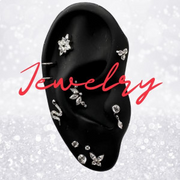


















































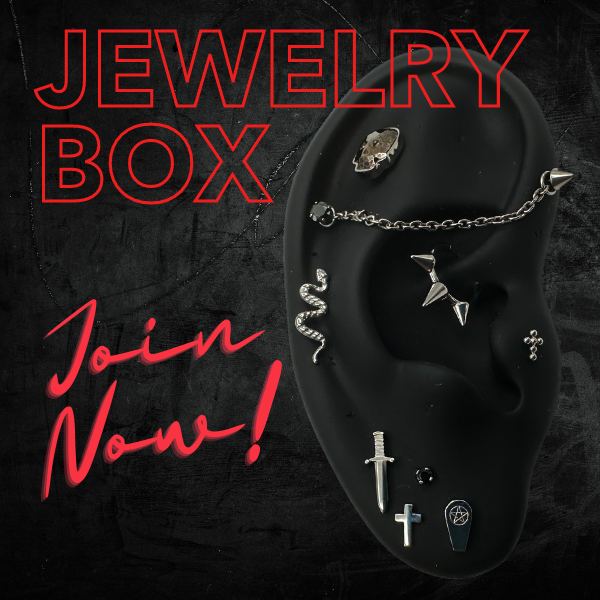

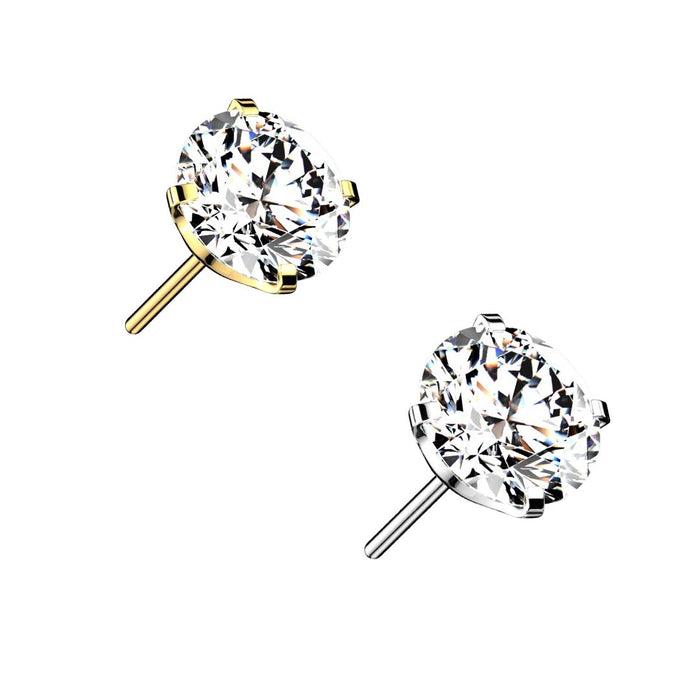

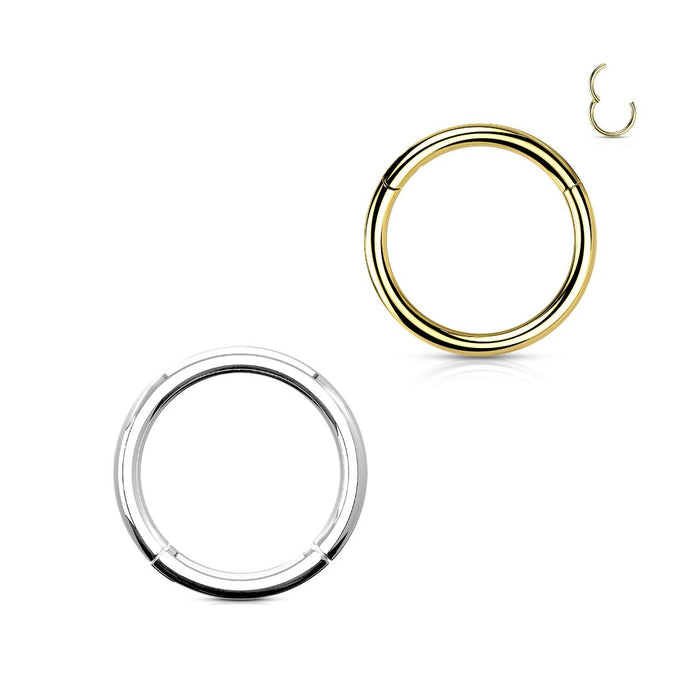
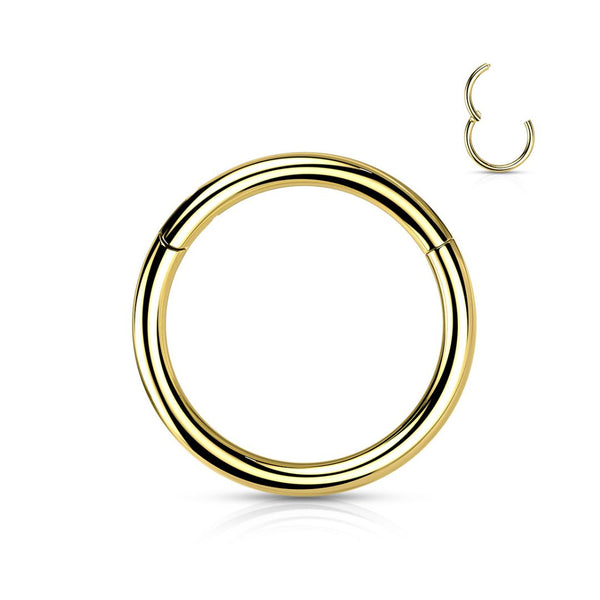
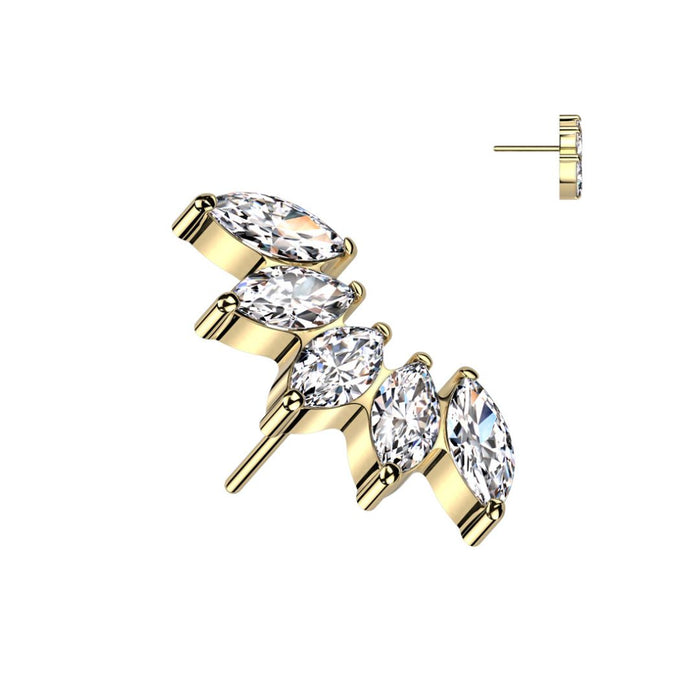
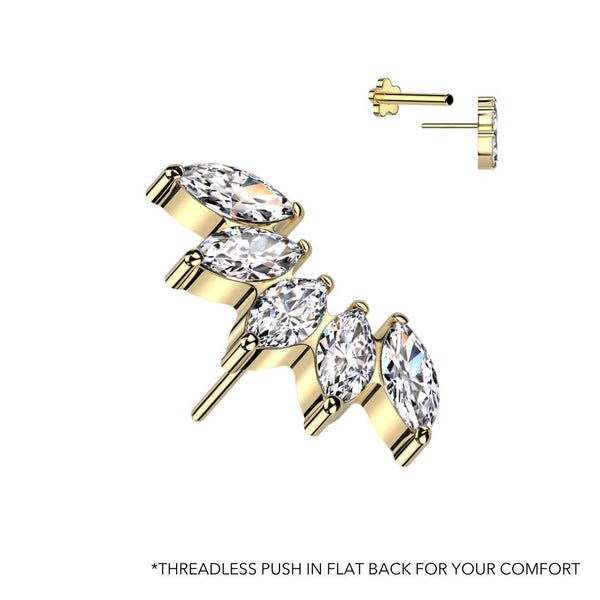
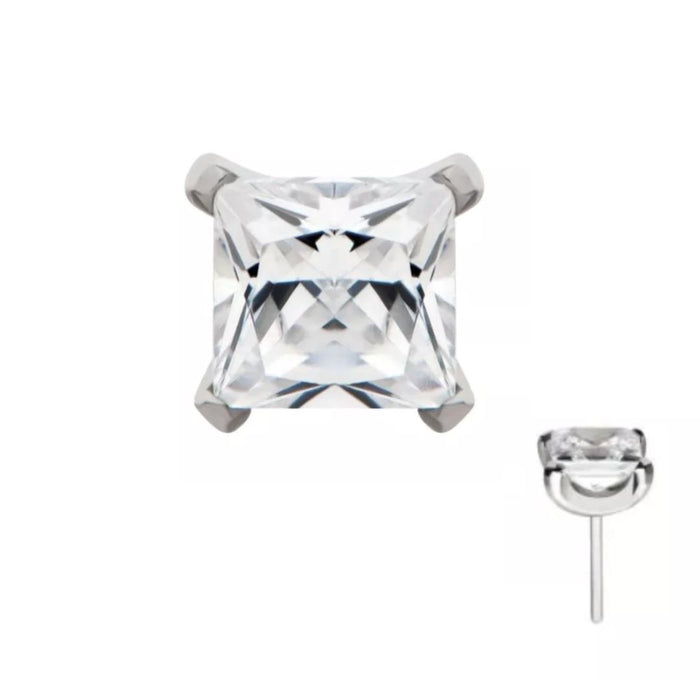

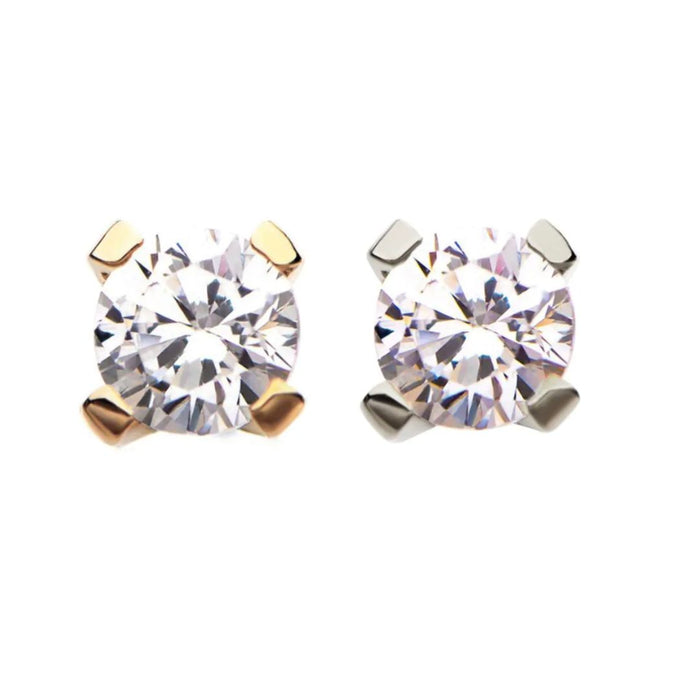

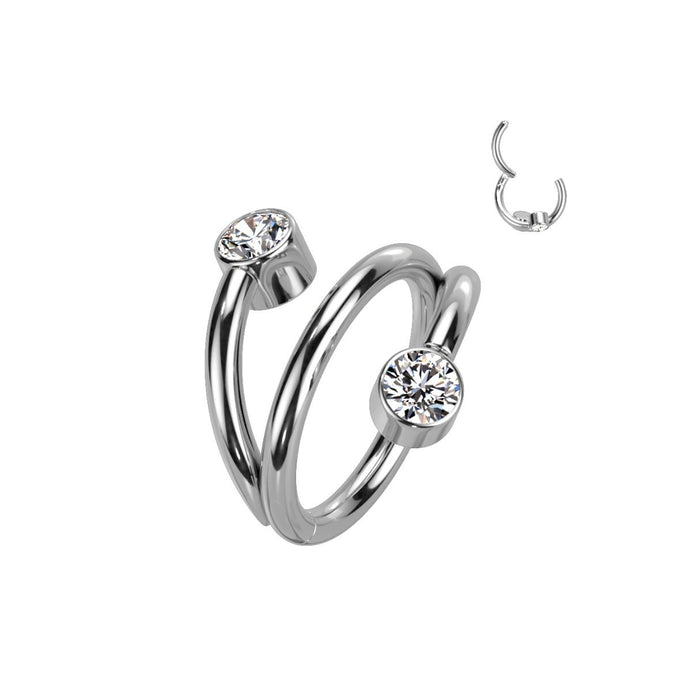
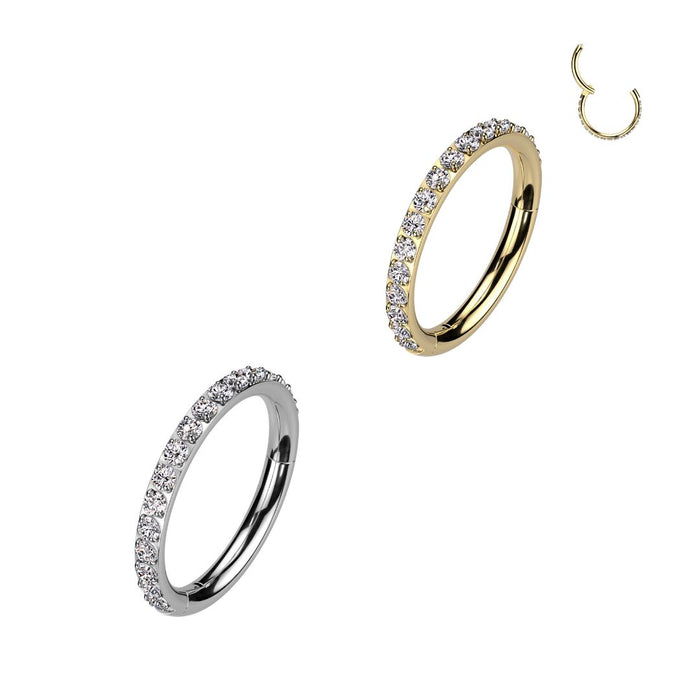
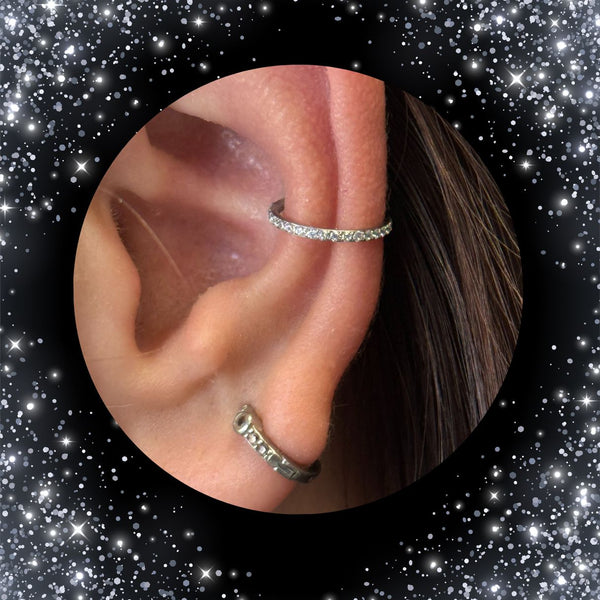
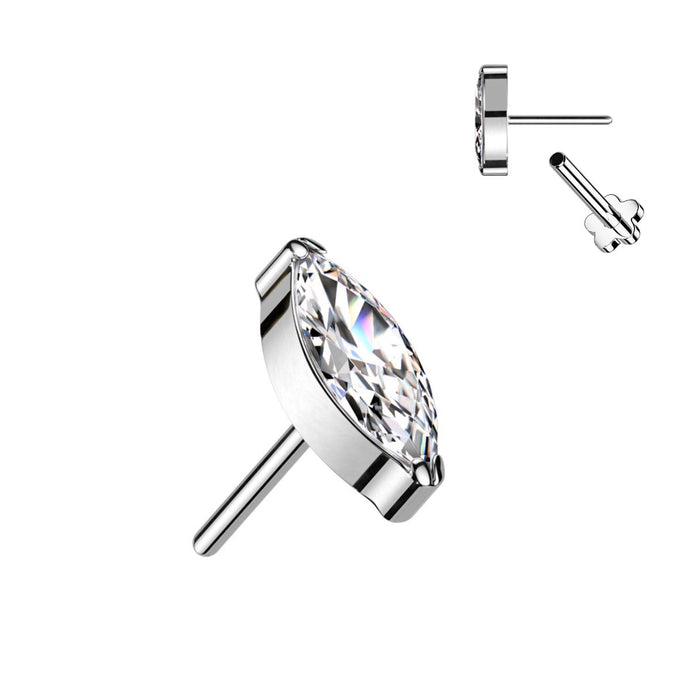

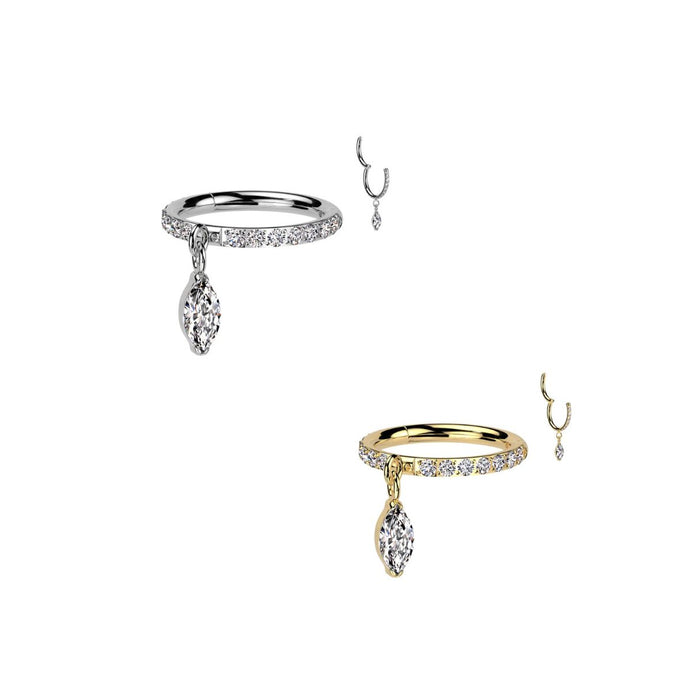



0 comments